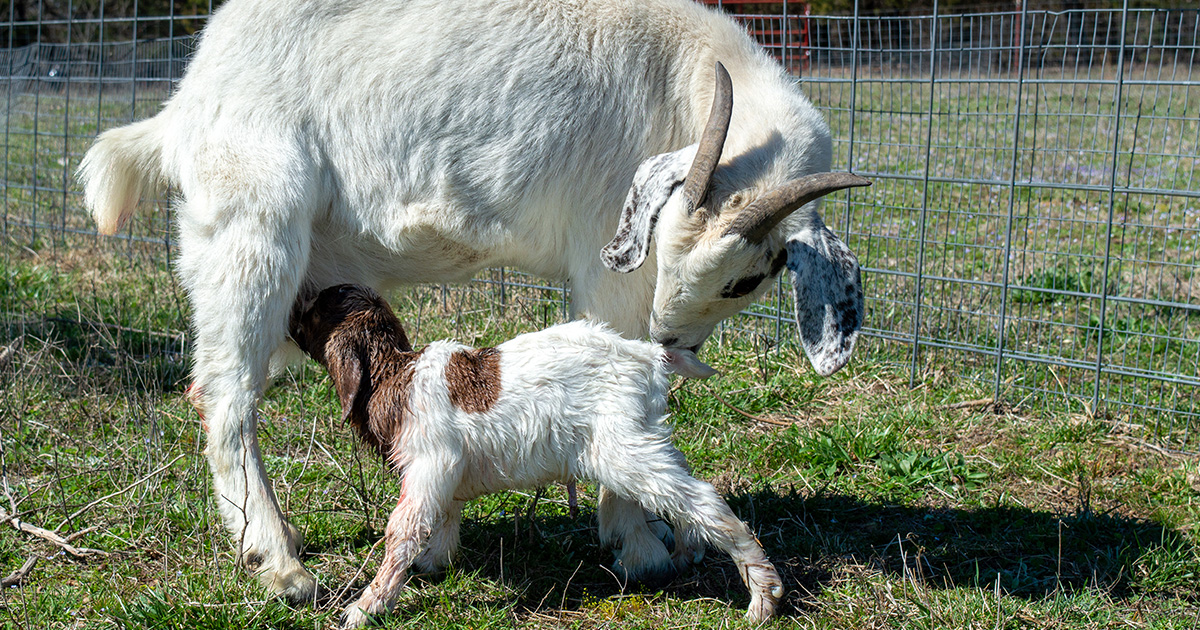Impact of Maternal Nutrition on Offspring Development and Health in Ruminants
A special issue of Veterinary Sciences (ISSN 2306-7381). This special issue belongs to the section "Nutritional and Metabolic Diseases in Veterinary Medicine".
Deadline for manuscript submissions: 20 April 2026 | Viewed by 1997

Special Issue Editors
Interests: beef cattle nutrition; fetal programming; nutritional physiology
Special Issues, Collections and Topics in MDPI journals
Special Issue Information
Dear Colleagues,
This Special Issue of Veterinary Sciences will focus on advancing our knowledge on the impacts of maternal mineral nutrition on offspring development and health in ruminants, including both large ruminants (e.g., cattle and buffalo) and small ruminants (e.g., sheep and goats). Maternal nutrient intake is one of the main factors that influence the availability of nutrients to the fetus, and an inadequate nutrient supply can have a long-lasting impact on offspring growth and health. Therefore, it is important to evaluate the effects of nutritional management strategies on the supply of essential nutrients delivered to the fetus. Thus, we encourage the submission of original research articles and reviews that provide novel insights into the role of nutrition during gestation and/or lactation on offspring performance and health, as well as potential epigenetic modifications.
We welcome and look forward to your contributions.
Dr. Ana Clara Baião Menezes
Dr. Manuel Vasquez-Hidalgo
Guest Editors
Manuscript Submission Information
Manuscripts should be submitted online at www.mdpi.com by registering and logging in to this website. Once you are registered, click here to go to the submission form. Manuscripts can be submitted until the deadline. All submissions that pass pre-check are peer-reviewed. Accepted papers will be published continuously in the journal (as soon as accepted) and will be listed together on the special issue website. Research articles, review articles as well as short communications are invited. For planned papers, a title and short abstract (about 100 words) can be sent to the Editorial Office for announcement on this website.
Submitted manuscripts should not have been published previously, nor be under consideration for publication elsewhere (except conference proceedings papers). All manuscripts are thoroughly refereed through a single-blind peer-review process. A guide for authors and other relevant information for submission of manuscripts is available on the Instructions for Authors page. Veterinary Sciences is an international peer-reviewed open access monthly journal published by MDPI.
Please visit the Instructions for Authors page before submitting a manuscript. The Article Processing Charge (APC) for publication in this open access journal is 2100 CHF (Swiss Francs). Submitted papers should be well formatted and use good English. Authors may use MDPI's English editing service prior to publication or during author revisions.
Keywords
- developmental programming
- gestation
- lactation
- nutrition
- offspring performance
Benefits of Publishing in a Special Issue
- Ease of navigation: Grouping papers by topic helps scholars navigate broad scope journals more efficiently.
- Greater discoverability: Special Issues support the reach and impact of scientific research. Articles in Special Issues are more discoverable and cited more frequently.
- Expansion of research network: Special Issues facilitate connections among authors, fostering scientific collaborations.
- External promotion: Articles in Special Issues are often promoted through the journal's social media, increasing their visibility.
- Reprint: MDPI Books provides the opportunity to republish successful Special Issues in book format, both online and in print.
Further information on MDPI's Special Issue policies can be found here.







